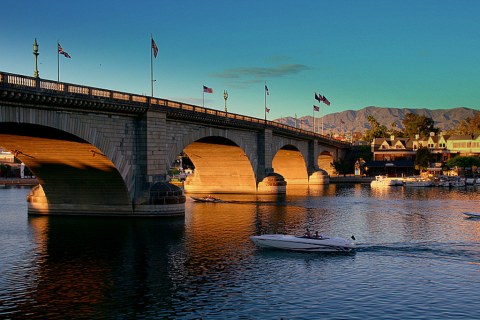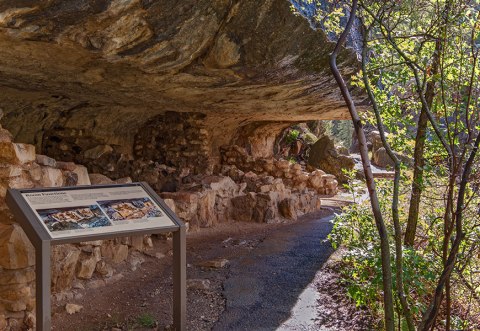13 Historical Landmarks You Absolutely Must Visit In Arizona
Arizona has no shortage of historical sites that make Arizonans proud. In fact, did you know our state has a whopping 45 national historical landmarks? Today, we’re going to take a look at just 13 of those sites and hopefully it will entice you to visit one of these places in the near future.
Please note, Hubbell Trading Post and Pueblo Grande Museum are temporarily closed.

In 1960 this old Spanish mission was the first to be designated a historical landmark in the state. It dates back to 1699, making it one of the oldest standing European structures in the country.
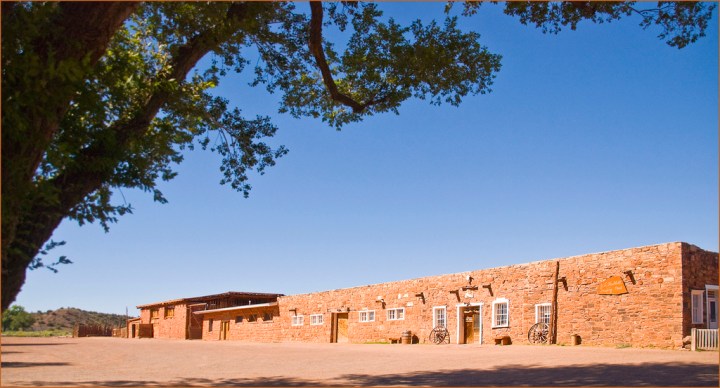
This trading post dates back to 1878 and is not only still standing but also continues to function as a trading post and general store. It also served as a neutral meeting ground between American settlers and the Navajo who recently returned to the area following the Long Walk.
Advertisement
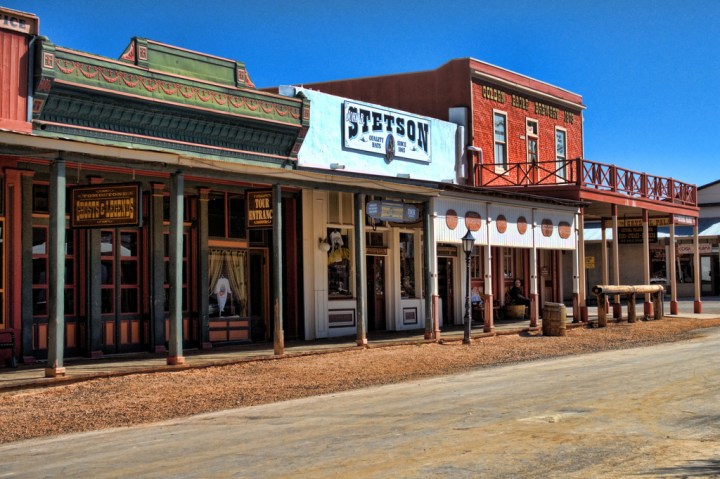
This site became a national landmark for two reasons. First, it is a perfect example of the old mining boomtown that still happens to be standing. Second, is because of it's awesome history.
Advertisement
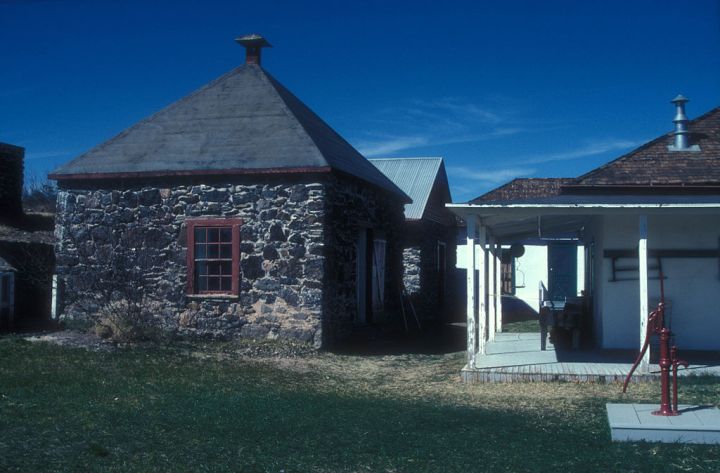
This historic cattle ranch is also known as Slaughter Ranch since it was once owned by "Texas" John Slaughter, a former Confederate soldier who was also a gunfighter, lawmaker, and rancher here in the Southwest.
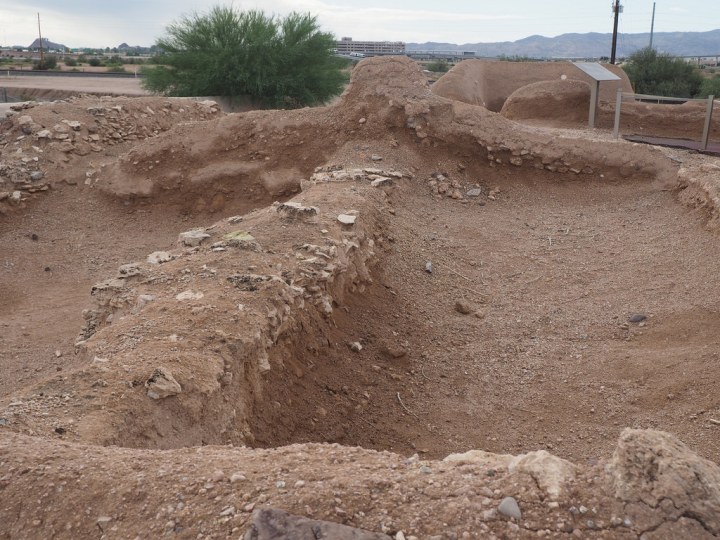
Located in central Phoenix, the ruins here are centuries old. It contains the remains of platform mounds, homes, ball courts, and irrigation canals.
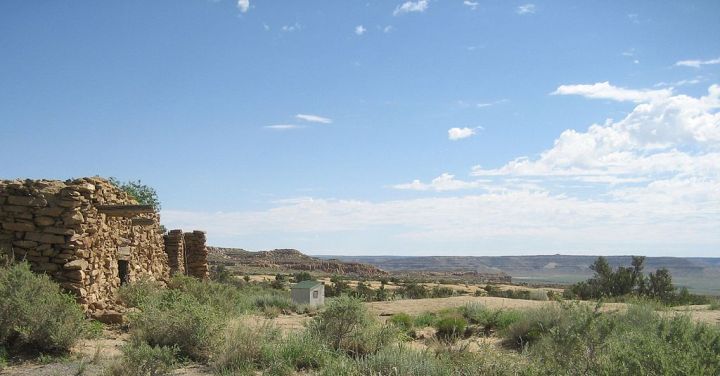
The oldest continuously inhabited settlement in the state and country, Old Oraibi was declared a national historical landmark in 1964.
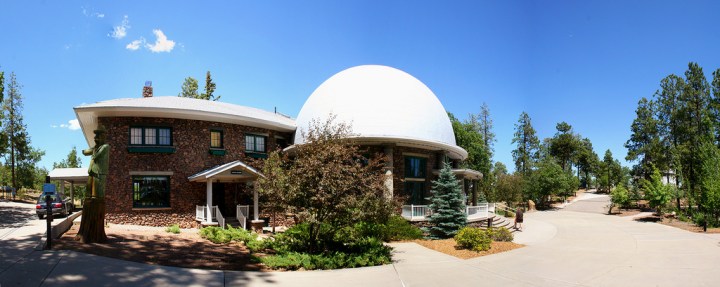
This observatory was declared a national landmark in 1965 and TIME magazine listed it as one of "The World's 100 Most Important Places" in 2011. Why? It's where itsy bitsy Pluto was discovered.
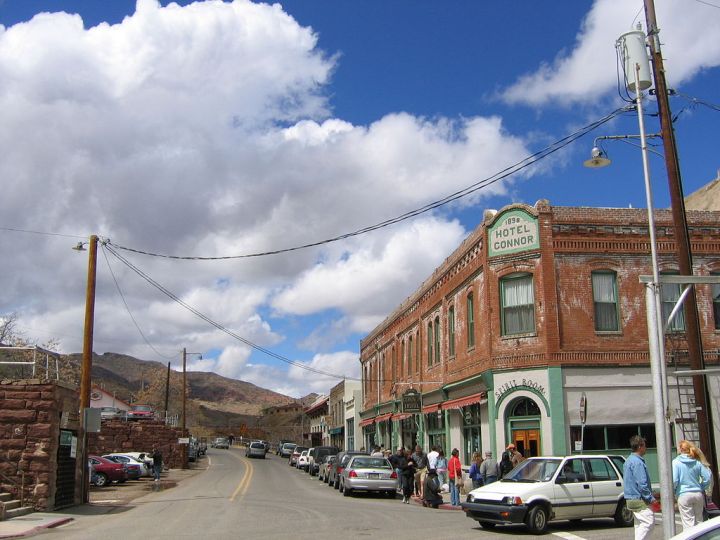
This copper mining town was declared a national landmark in 1966 after town leaders sought ways to keep the town afloat through tourism.
Advertisement
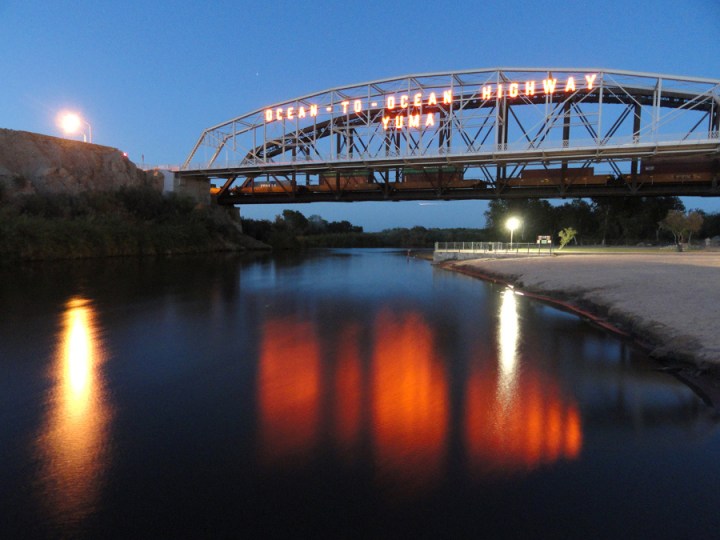
Crossing the Colorado River these days isn't that big of a deal but for centuries, one of the only places to safely cross was here in the Yuma area where the river narrows. In addition to being a national landmark, it is also a national heritage area, one of the sites along the Juan Bautista de Anza National Historic Trail, and an area undergoing wetland habit restoration.
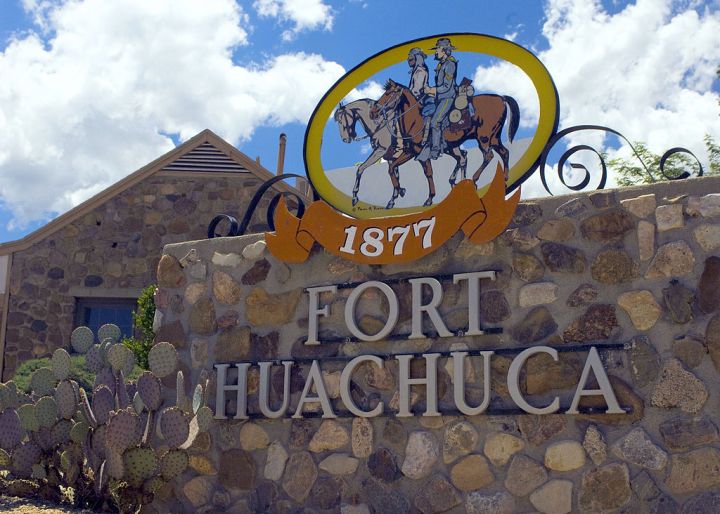
This fort's origins go back to 1877 in the waning days of the Indian Wars. However, it is also most notable for being the base for African American soldiers, such as the Buffalo Soldiers of the 10th Cavalry Regiment around World War I, as well as World War II training grounds for the 92nd and 93rd Infantry Divisions.
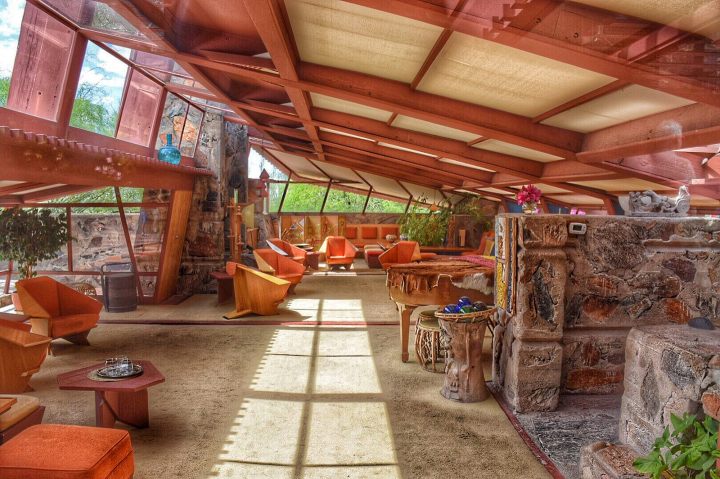
This served as the winter home, studio, and school for renowned architect Frank Lloyd Wright for 22 years until his death in 1959. It is one of 26 of his buildings designated a national historic landmark.

We share this landmark with Nevada, which was designated a national historic landmark in 1985.

One of seven historic landmarks at the Grand Canyon, Colter's four buildings here were designated landmarks in 1987. They were designed to help illustrate the history of the area as well establish a certain aesthetic tone for visitors. She was also one of the few female architects of her time.
Have you visited any of these national historical landmarks before? Don’t forget to let us know your thoughts!
OnlyInYourState may earn compensation through affiliate links in this article. As an Amazon Associate, we earn from qualifying purchases.


